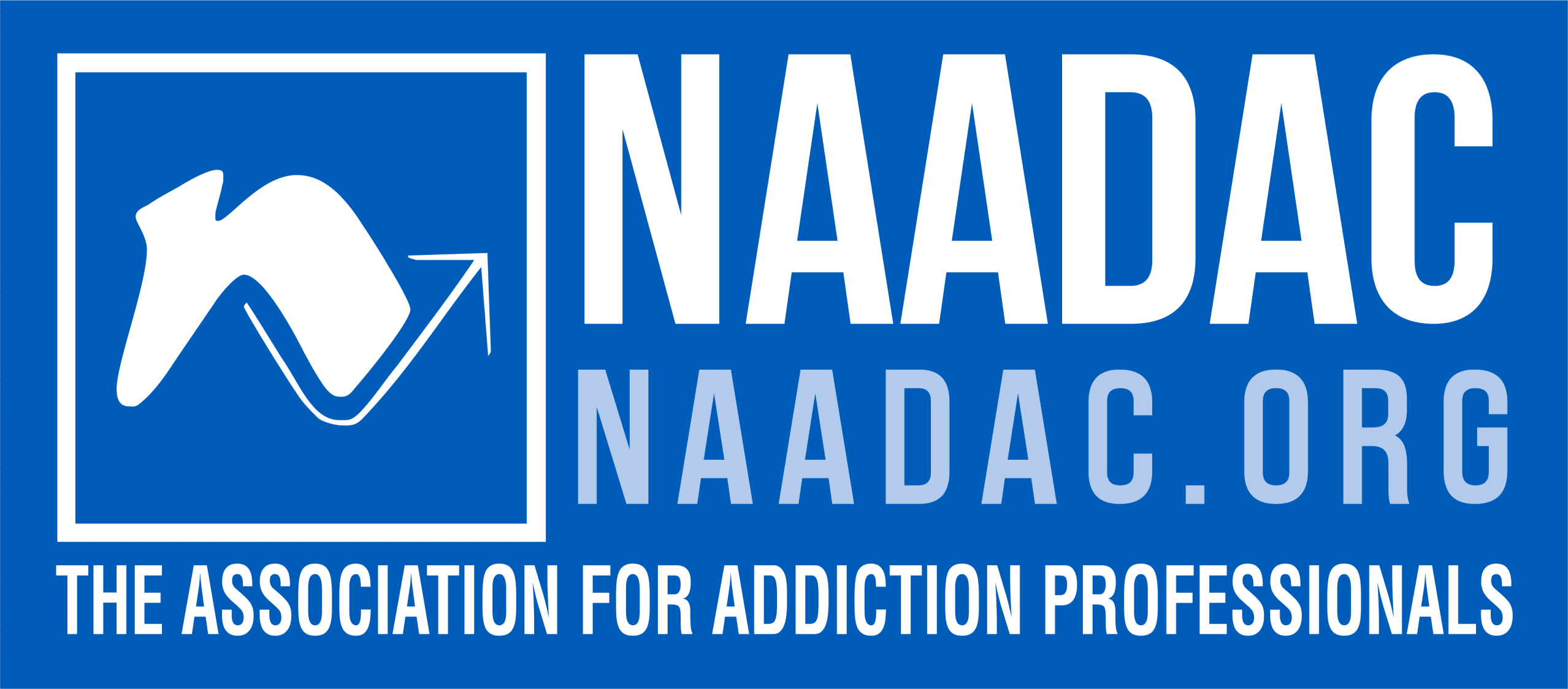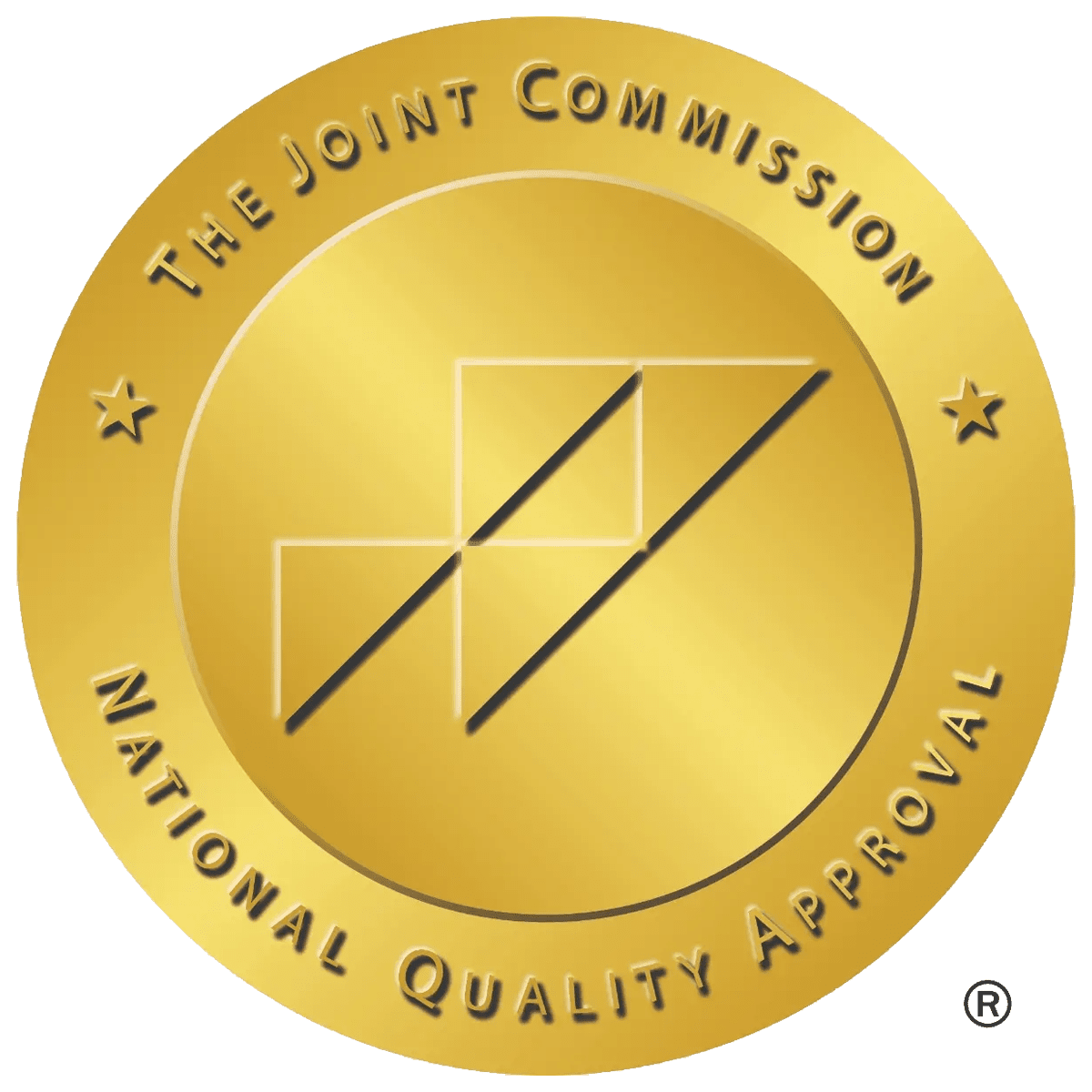Topiramate Addiction: Detox, Withdrawal, and Treatment
GET HELP TODAY!
100% Confidentiality Guaranteed


What Is Topiramate?
Topiramate is a prescription medication used to treat seizures and migraines. It also shows promise in addiction recovery. Medical professionals sometimes use it off-label to support alcohol addiction treatment, opioid addiction treatment, and cocaine addiction treatment.
Although it’s not a controlled substance, misuse can still lead to dependency. Topiramate affects how the brain communicates by boosting the calming effects of gamma-aminobutyric acid (GABA). This helps reduce cravings, lower anxiety, and ease withdrawal symptoms during detox.
Common Brand Names
Topiramate is available in various strengths, from 15 mg capsules to 200 mg tablets. Popular brand names include:
- Topamax
- Quedexy XR
- Trokendi XR
Doctors may prescribe different dosages depending on the condition being treated. People usually take it once or twice daily.
How Does Topiramate Support Addiction Recovery?
Topiramate influences the brain’s electrical activity and can help reduce addictive behaviors. Although the FDA has not approved it for addiction treatment, studies show it can help with withdrawal and prevent relapse. When used alongside behavioral therapies, it can be a highly effective treatment.
Here’s how topiramate plays a role in different substance use disorder treatment plans:
- Alcohol Addiction Treatment: Topiramate reduces heavy drinking and cravings, especially when combined with therapy like cognitive behavioral therapy CBT.
- Opioid Addiction Treatment: It can ease opioid withdrawal symptoms and support recovery in a detox center or inpatient setting.
- Cocaine Addiction Treatment: Clinical research has shown that a stable dose of 300 mg may reduce cocaine use.
- Nicotine Addiction Treatment: Topiramate helps reduce cravings in people trying to stop smoking.
These benefits highlight the value of topiramate in a wide range of addiction treatment options.
Freedom Starts Here. Take Back Your Life Today.
Same-Day Admissions in Austin Available.
Can You Become Addicted to Topiramate?
Yes, especially if used improperly. Topiramate does not create feelings of euphoria like many addictive drugs. However, some people may misuse it. They might do this to self-medicate for a mental disorder or to manage mood swings without a prescription.
Using too much or combining it with other substances increases the risk of developing dependency. Even individuals who follow their prescription may form a psychological attachment.
To reduce the risk:
- Don’t use someone else’s prescription
- Avoid mixing topiramate with other medications or alcohol
- Consult a doctor before making changes
- Monitor your mental health conditions closely
Side Effects of Topiramate Misuse
Side effects range from mild to severe. When misused or taken without supervision, side effects may become dangerous or even life threatening. Common symptoms include:
- Tingling in arms or legs
- Nausea
- Drowsiness
- Difficulty concentrating
- Dizziness
- Mood swings
- Seizures
- Shortness of breath
- Vision problems
- Cognitive fog
People with existing medical conditions or mental illness may be at greater risk for complications.
Signs of Topiramate Addiction
Although addiction to topiramate is less common, it still happens. Watch for these signs:
- Obsession with obtaining or using the drug
- Doctor shopping to get multiple prescriptions
- Hiding usage from a family member
- Continuing use despite harm
- Withdrawal symptoms after missing doses
Topiramate Withdrawal Symptoms
Withdrawal can be challenging and varies from person to person. Topiramate withdrawal symptoms may include:
- Anxiety
- Headaches
- Dizziness
- Insomnia
- Depression
- Irritability
- Trouble focusing
- Nausea
- Seizures (in severe cases)
These symptoms may begin within 24 to 72 hours after the last dose. They usually peak in the first week but can last for several weeks. This depends on a person’s health and how long they have used the drug.
More Time. More Joy. More You. Start Now.
WE ACCEPT MOST INSURANCES
Detoxing From Topiramate Safely
Stopping topiramate suddenly can be dangerous. A medical detox program is the safest way to withdraw from the drug. A licensed treatment facility offers:
- 24/7 monitoring by mental health professionals
- Medication-assisted treatment
- Emergency medical care if needed
- Treatment plans tailored to the individual
- Help for co-occurring mental health issues
A detox center ensures comfort and safety while managing the physical and emotional effects of withdrawal. This is a crucial first step in the recovery process.
Types of Treatment After Detox
Once detox is complete, continuing care is essential. Patients can choose between inpatient treatment and outpatient rehab based on their needs.
Inpatient Treatment
Inpatient programs provide structured, around-the-clock care. Patients stay at the rehab center and participate in daily therapy sessions. This type of care is best for people with serious addiction or both substance abuse and mental illness.
Inpatient rehab programs often include:
- Cognitive behavioral therapy CBT
- Family therapy
- Relapse prevention education
- Individual and group counseling
- Monitoring for severe withdrawal symptoms
Outpatient Treatment
This approach works well for people with a stable support system. It allows them to work or go to school while receiving treatment. Outpatient treatment programs may also include:
- Behavioral therapy CBT
- Life skills coaching
- Relapse prevention support
- Ongoing monitoring
Both types of treatment help people learn new ways to cope. They also lower the chance of going back to drugs or alcohol.
Sober Living Homes and Continued Care
Sober living homes provide drug- and alcohol-free housing during or after treatment. These living homes offer structure and accountability, making them an ideal option for those transitioning out of inpatient care.
Key benefits include:
- Peer support
- Routine drug testing
- Help with employment or education
- Connection to outpatient care
- Support from staff and residents
Most sober living programs do not accept insurance, but they are often affordable and scholarships may be available. Continued care in these homes supports long term recovery and helps residents rebuild their quality of life.
Aftercare and Support Systems
Recovery doesn’t end after rehab. Aftercare programs and support groups like Narcotics Anonymous play a crucial role in maintaining sobriety.
Aftercare typically includes:
- Weekly meetings with a licensed counselor
- Peer-led discussions about recovery and relapse prevention
- Access to mental health professionals
- Social workers who offer ongoing support
- Family therapy to rebuild trust and strengthen relationships
Having a strong support system makes it easier to manage triggers and stress. Aftercare ensures that recovery becomes a lifestyle, not just a temporary phase.
Choosing the Right Rehab Center
When selecting a treatment facility, look for one that offers:
- Multiple levels of care
- Programs for both inpatient and outpatient rehab
- Evidence-based treatment options like behavioral therapy CBT
- Help for both substance abuse and mental health conditions
- Licensed behavioral health professionals
- Individualized treatment plans
- Continued care through sober living and aftercare programs
A rehab center that offers these services is more likely to provide effective treatment. This helps clients stay sober for a long time.
If you or a loved one is struggling with topiramate misuse, help is available. Contact Nova Recovery Center today at (512) 605-2955. Don’t wait—get the support you need for a healthier, drug-free life.
Topiramate FAQ
How quickly does topiramate work?
Topiramate may start working within a few days to weeks, but full benefits for seizure control or migraine prevention often take several weeks of consistent use.
Does topiramate make you sleepy?
Yes, drowsiness or fatigue is one of the most common side effects of topiramate. Some people may also experience dizziness or slowed thinking, especially when first starting the medication.
Is topiramate a psychotic drug?
No, topiramate is not a psychotic drug. It is an anticonvulsant medication used mainly for seizures and migraines. While it may have some psychiatric applications off-label, it is not classified as an antipsychotic.
What is topiramate mainly used for?
Topiramate is primarily prescribed to treat epilepsy and migraine prevention. It helps reduce the frequency of seizures and chronic headaches by stabilizing nerve activity in the brain.
What is a major risk in taking topiramate?
A major risk of topiramate use is the possibility of cognitive side effects, such as confusion, memory problems, or difficulty concentrating. It can also increase the risk of kidney stones, glaucoma, and metabolic acidosis in some patients.
Is topiramate an antidepressant?
No, topiramate is not classified as an antidepressant. However, it may sometimes be used off-label to support mood stabilization in people with bipolar disorder or to help reduce cravings in substance use disorders.
What does topiramate do for weight?
Topiramate can cause weight loss as a side effect. It reduces appetite and may alter taste perception, leading some patients to eat less. This effect is one reason it is sometimes used in combination medications for weight management.
What should I avoid while taking topiramate?
While taking topiramate, you should avoid:
- Alcohol, as it increases the risk of drowsiness and dizziness
- Dehydration, since topiramate may increase the risk of kidney stones
- Sudden medication changes, as stopping abruptly can trigger seizures
Always follow your doctor’s instructions regarding interactions with other medications.
What does topiramate do to your mood?
Topiramate may help stabilize mood in some people, but it can also cause mood swings, irritability, or depression as side effects. Patients with a history of mood disorders should be closely monitored.
Who shouldn't take topiramate?
Topiramate may not be safe for individuals with:
- A history of kidney stones
- Glaucoma or eye problems
- Metabolic acidosis or certain respiratory conditions
- Severe liver or kidney disease
Pregnant women should use caution, as topiramate has been linked to birth defects.
Why take topiramate at night?
Some doctors recommend taking topiramate at night because it can cause drowsiness or fatigue. Nighttime dosing may reduce daytime side effects and improve sleep.
How long can you safely be on topiramate?
Many people can take topiramate safely for years if it is well tolerated and monitored by a healthcare provider. Regular checkups are important to track kidney function, mood changes, and any side effects.